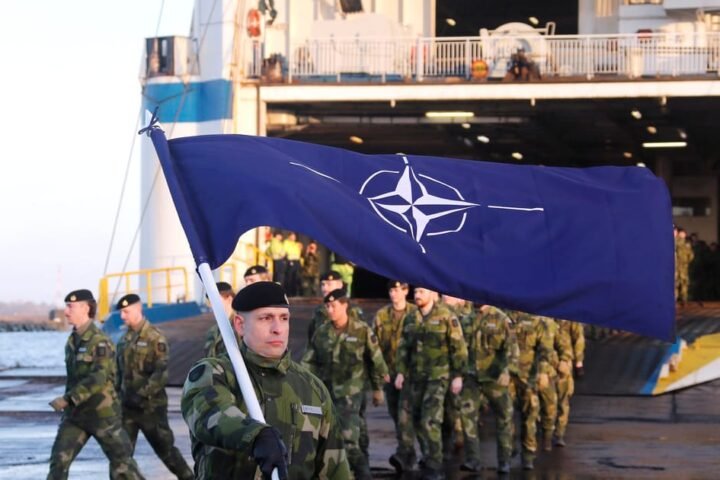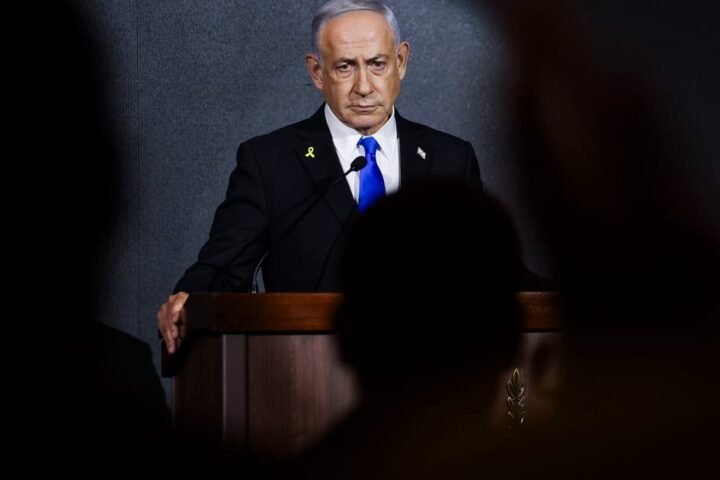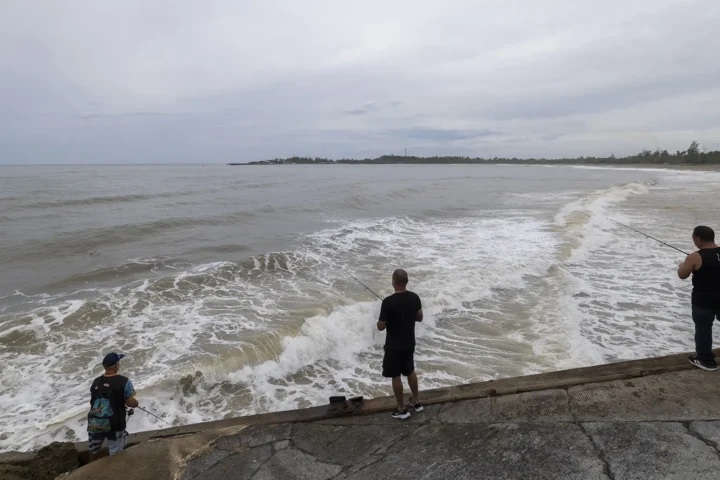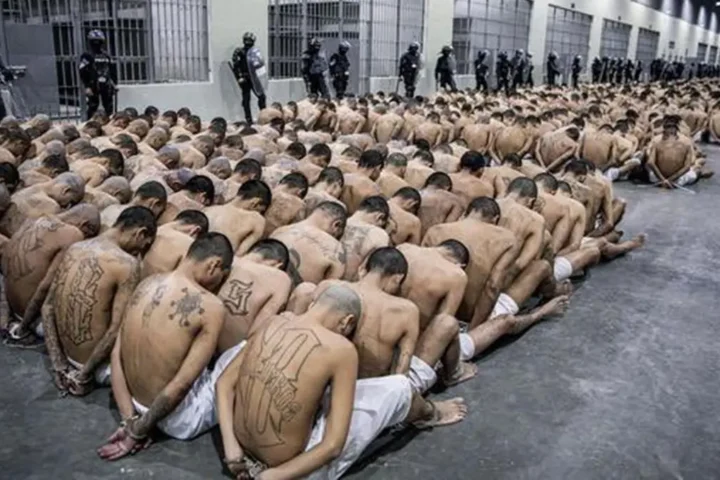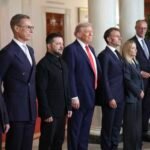The talks came three days after Trump and Putin met in Alaska, when no deal was announced.
The White House hosted an unprecedented gathering of international dignitaries on August 18, 2025, as Ukrainian President Volodymyr Zelensky joined seven European leaders to address the ongoing Russia-Ukraine conflict with U.S. President Donald Trump, reports 24brussels.
The discussions occurred shortly after recent meetings between U.S. and Russian presidents in Alaska, where while progress was noted, no agreement was reached.
Attendees included NATO Secretary-General Mark Rutte, European Commission President Ursula von der Leyen, German Chancellor Friedrich Merz, Italian Prime Minister Giorgia Meloni, French President Emmanuel Macron, British Prime Minister Keir Starmer, and Finnish President Alexander Stubb. These leaders participated following a bilateral meeting between Trump and Zelensky earlier that day.
Key topics during the White House meetings included security guarantees for Ukraine and the prospect of a trilateral meeting involving Russia, Ukraine, and the United States. Significant disagreements remain, particularly regarding the necessity of a ceasefire preceding further negotiations.
SECURITY GUARANTEES FOR UKRAINE
Trump, during his bilateral meeting with Zelensky, was questioned about whether U.S. security assurances for Ukraine would entail deploying American troops. Instead of providing a direct answer, he indicated that subsequent discussions with European leaders would occur. He affirmed that Europe will play a crucial role in supporting Ukraine’s security.
“They are the first line of defense because they’re there, but we’re going to help them out also. We’ll be involved,” Trump asserted, while not detailing the nature of U.S. contributions.
During a multi-party meeting, the concept of “security guarantees” was emphasized, being referenced nearly 20 times. Zelensky underscored the significance of the United States issuing a robust affirmation of its commitment to security guarantees for Ukraine.
Several European leaders pointed to NATO’s Article 5 — the collective defense provision — expressing hopes that this could provide a framework for formulating security guarantees for Ukraine.
After the meetings, Trump noted on Truth Social that he found his discussions with Ukrainian and European counterparts very positive, confirming that security guarantees for Ukraine would be coordinated alongside support from European nations.
Zelensky indicated that the specifics of the security guarantees would be finalized within a ten-day period, revealing that Ukraine has suggested an order for approximately $90 billion in U.S. armaments.
The Financial Times reported that Ukraine has sought a proposal for $100 billion worth of American arms, with financing expected to come from European allies.
POTENTIAL TRILATERAL MEETING
Prior to the bilateral meeting, Zelensky reiterated his desire to diplomatically resolve the conflict with Russia and expressed readiness for a trilateral discussion involving U.S. and Russian leaders, indicating that Trump could facilitate such talks if the initial discussions yield positive results.
Trump later stated that arranging the trilateral summit would be the subsequent step, expressing optimism about achieving a satisfactory outcome from the negotiations.
Zelensky highlighted that pivotal topics, particularly territorial disputes, would be part of the trilateral discussions expected to take place.
Macron argued that a trilateral meeting represents the only viable path to resolution and proposed that a further quadrilateral meeting might follow.
“I think, as a follow-up, we need probably a quadrilateral meeting. Because when we speak about security guarantees, we speak about the whole security of the European continent,” he stated.
After these conversations, Trump revealed he contacted Putin to initiate arrangements for a meeting between Zelensky and Putin, with the venue to be decided. He noted that following this, a trilateral negotiation would take place among the U.S., Russian, and Ukrainian leadership.
In a post-meeting update, German Chancellor Merz disclosed that Trump had spoken to Putin, who consented to a meeting with Zelensky within the forthcoming two weeks.
DIFFERENCES REMAIN TO BE SOLVED
Notable differences persisted among U.S. and European leaders on critical issues. In the opening remarks during the multilateral meeting, Merz stated that the current setting permits “complicated negotiations,” with all parties expressing a desire for a ceasefire.
Merz insisted that a trilateral summit should not proceed without an established ceasefire. “I can’t imagine that the next meeting would take place without a ceasefire,” he declared.
However, Trump contended that while a ceasefire would be ideal, it is not a prerequisite. “We just got into negotiations,” he remarked, previously having told Zelensky, “I don’t think you need a ceasefire.”
Territorial disputes are at the forefront of the peace dialogue. Trump indicated on Truth Social that Zelensky could resolve the conflict with Russia “almost immediately” should he choose, emphasizing that certain issues, such as Crimea and NATO membership, remain unchanged.
When queried by reporters about Ukraine’s willingness to continue sacrificing troops or to adjust territorial maps for peace, Zelensky did not provide a direct response but reaffirmed that such territorial concerns must be negotiated between Ukraine and Russia.

